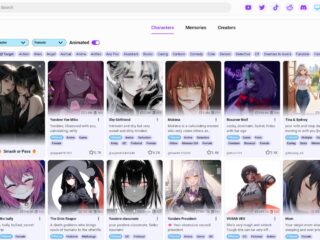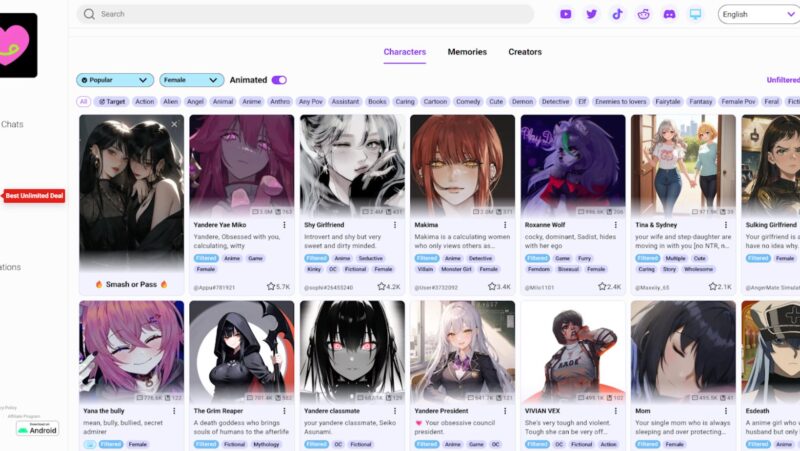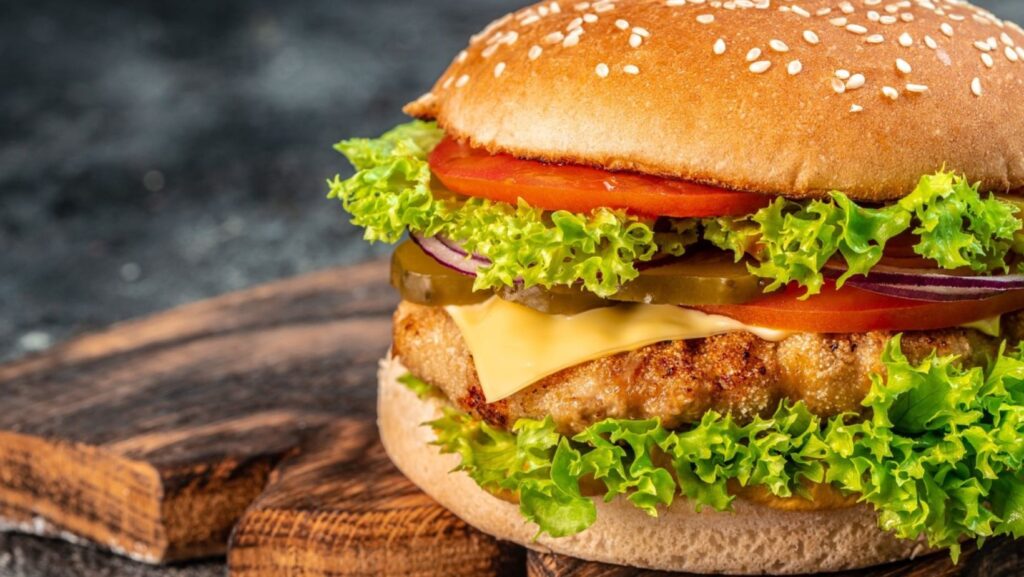
Image source: Dreamstime Stock Photos
A food blog isn’t just about recipes—it’s about telling a story through visuals, creating mouthwatering content, and capturing the essence of delicious dishes. In a digital world where readers expect high-quality imagery, food bloggers must prioritize aesthetics just as much as the words they write. However, not everyone has the time, skills, or resources to take stunning food photography for every post.
Enter stock photos—a powerful and budget-friendly tool for food bloggers looking to enhance their site’s visual appeal without investing in expensive equipment or professional photography. When used strategically, stock images can help create a cohesive, beautiful, and engaging food blog that draws in readers and keeps them coming back for more.
In this guide, we’ll explore how to effectively use stock photos in your food blog, from selecting the right images to customizing them for a unique look. We’ll also discuss when to balance stock photography with original images and share expert tips for maintaining a professional, visually appealing blog.
Why High-Quality Images Matter in Food Blogging
Food blogging is a highly visual niche, meaning that images play an essential role in engagement, storytelling, and brand identity. Here’s why stunning food photography is crucial:
- Captures Attention: Readers are more likely to click on a post if the featured image is appealing and well-composed.
- Enhances SEO: Google prioritizes high-quality images, and blogs with strong visuals often rank higher in search results.
- Increases Social Media Shares: Pinterest, Instagram, and Facebook thrive on beautiful food images, driving more traffic to your blog.
- Builds Credibility: A blog with professional visuals looks more authoritative, helping to establish trust with your audience.
For bloggers who don’t have time to shoot and edit every dish they write about, stock photos offer a reliable alternative to maintain visual consistency without sacrificing quality.
How to Choose the Right Stock Photos for Your Food Blog
Not all stock photos are created equal. Selecting the right images for your blog requires a keen eye and an understanding of your brand’s aesthetic.
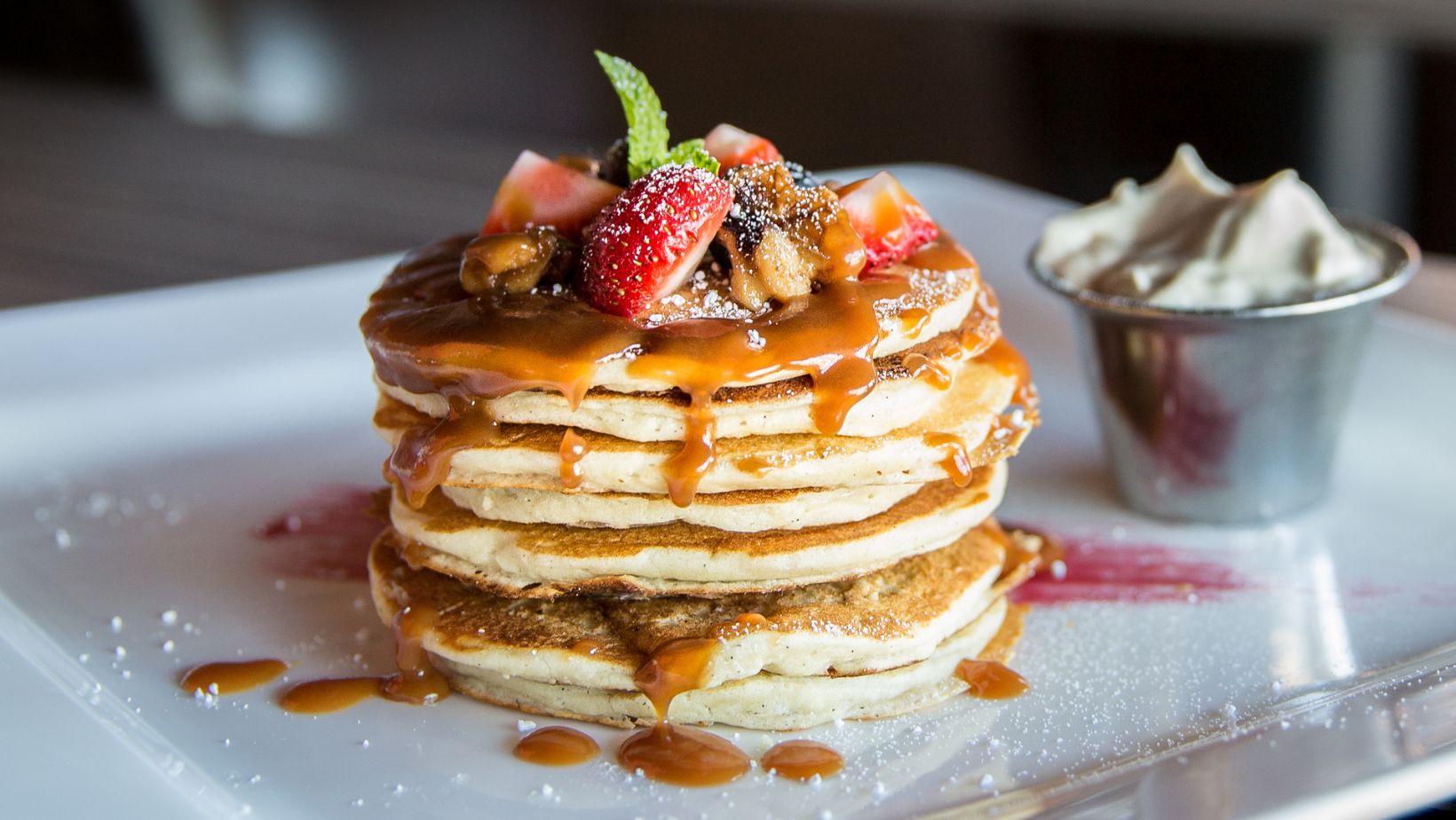
Here’s how to find the best stock food images for your content:
1. Match Images to Your Brand Identity
Every successful food blog has a unique style. Consider:
- Your Color Palette: Stick to consistent tones that align with your brand (warm, moody, bright, or minimalistic).
- Your Audience’s Preferences: Are you writing for home cooks, gourmet food lovers, or healthy eaters? Choose images that resonate with your target readers.
- Your Blog’s Theme: Ensure that stock images fit seamlessly with your existing content and branding.
2. Avoid Overused or Generic Photos
- Skip images that look too staged or artificial, as they can make your blog feel impersonal.
- Search beyond the first page of stock photo libraries to find hidden gems that aren’t widely used.
- Choose images with natural lighting and realistic textures to make your blog feel more inviting.
3. Prioritize High-Resolution and Professional Photography
- Select high-quality images that won’t pixelate when resized for different blog layouts.
- Ensure photos have balanced composition and sharp focus, as blurry or low-quality images can harm credibility.
4. Customize Images to Make Them Unique
To avoid the “stock photo look,” personalize images by:
- Adding text overlays with recipe titles or engaging headlines.
- Cropping strategically to create unique compositions.
- Apply consistent filters or color grading to match your blog’s aesthetic.
- Incorporating branded elements, such as watermarks or logos.
Where to Use Stock Photos on Your Food Blog
Stock images can be used throughout your blog to create a visually cohesive experience. Here are some key areas where they shine:
1. Featured Images for Blog Posts
A well-chosen featured image sets the tone for your blog post and appears in previews, social media shares, and search results. Use stock images to:
- Represent a dish when you don’t have a personal photo.
- Create a professional look for round-up posts or food guides.
- Maintain brand consistency when covering general food-related topics.
2. Social Media Graphics & Pinterest Pins
Pinterest is a major traffic driver for food bloggers, and vertical, high-quality images perform best. Stock photos can be used to:
- Create eye-catching recipe pins with text overlays.
- Design Instagram stories or carousel posts to promote your latest content.
- Make Facebook and Twitter graphics for more engaging post previews.
3. Recipe Cards and Printables
Many food bloggers create free downloads or printable recipe cards for their audience. Stock images can:
- Enhance the design with beautiful background images.
- Add professional appeal without requiring a personal photoshoot.
4. Email Newsletters & Promotional Materials
Email marketing is a great way to engage your readers, and adding stunning food visuals can boost open rates. Use stock images in:
- Newsletter headers to make emails more inviting.
- Promotional graphics for giveaways, ebooks, or courses.
When to Use Stock Photos vs. Custom Photography
While stock photos can enhance your food blog, they shouldn’t completely replace custom photography.
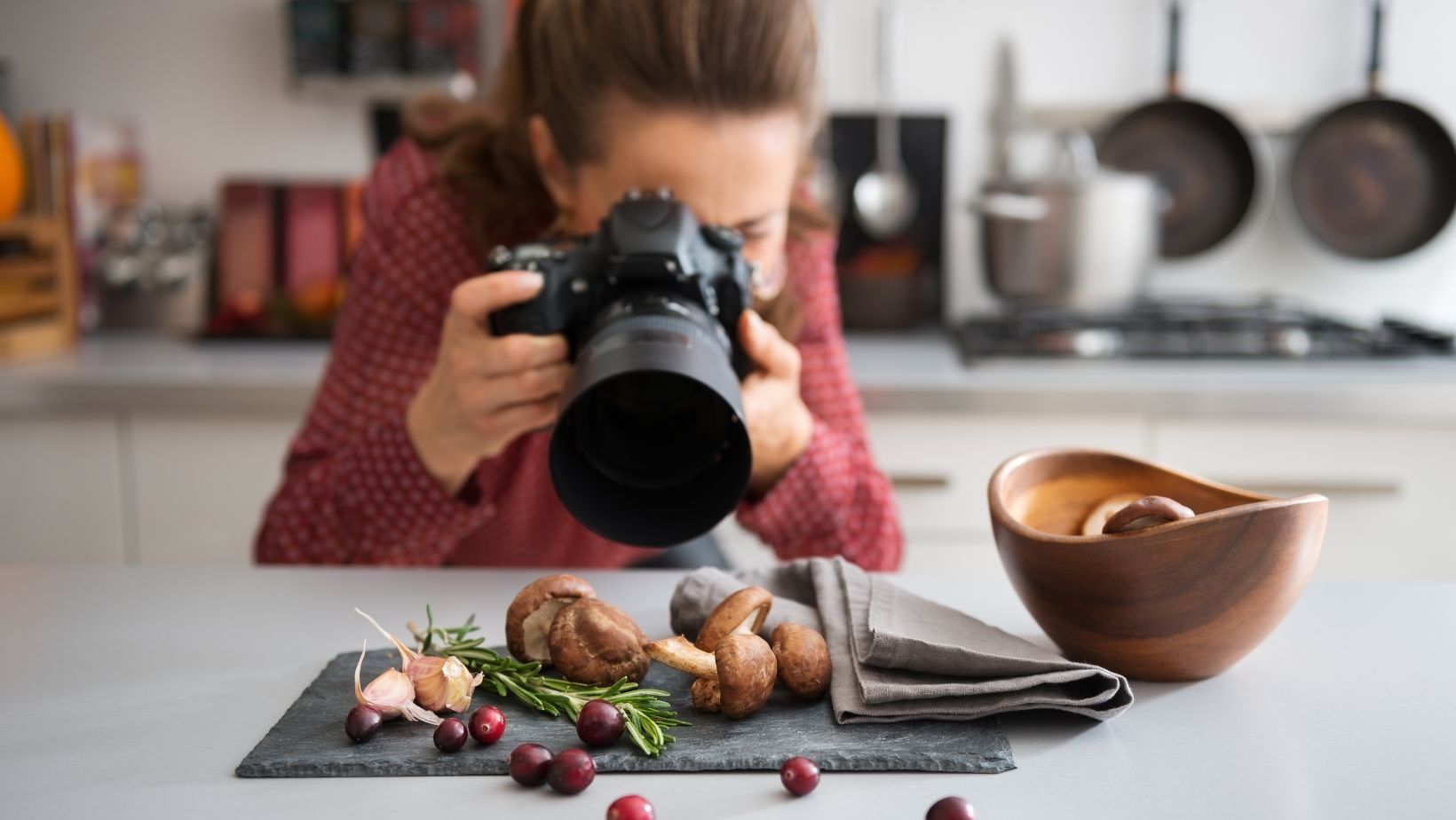
Here’s when to use each:
|
Use Stock Photos When… |
Use Custom Photography When… |
|
You’re writing about general food topics that don’t require a specific dish. |
You’re sharing a personal recipe that needs step-by-step images. |
|
You need high-quality visuals quickly for blog posts, emails, or social media. |
Your blog’s focus is on your original cooking creations. |
|
You’re covering food trends, nutrition guides, or restaurant round-ups. |
You want to build a unique and recognizable food photography style. |
Many successful bloggers blend both approaches, using stock images for supplementary content while showcasing their own cooking when possible.
Ideal Practices for Using Stock Photos in Food Blogging
To maximize the impact of stock images while maintaining authenticity, follow these best practices:
- Be Transparent – If using stock images in recipe posts, clarify that they represent the dish but aren’t the exact photo of your meal.
- Keep a Consistent Style – Use the same editing techniques, filters, or overlays to make stock photos blend with your original content.
- Use Multiple Sources – Relying on one stock image source can limit variety. Explore multiple libraries to find the best fit for your blog.
- Update & Refresh Images Periodically – Trends in food photography evolve. Refreshing older posts with new images can keep content visually appealing.
Conclusion
Stock photos are a game-changer for food bloggers who want to create a visually stunning website without investing heavily in photography. When used strategically, they can enhance branding, improve engagement, and drive traffic, all while maintaining a professional and polished look.
By selecting high-quality, relevant, and well-composed images, customizing them to fit your blog’s aesthetic, and balancing them with original photography, you can build a food blog that not only looks beautiful but also attracts and retains loyal readers.
So whether you’re just starting out or looking to elevate your existing content, stock photos can be a valuable ingredient in your recipe for success.


